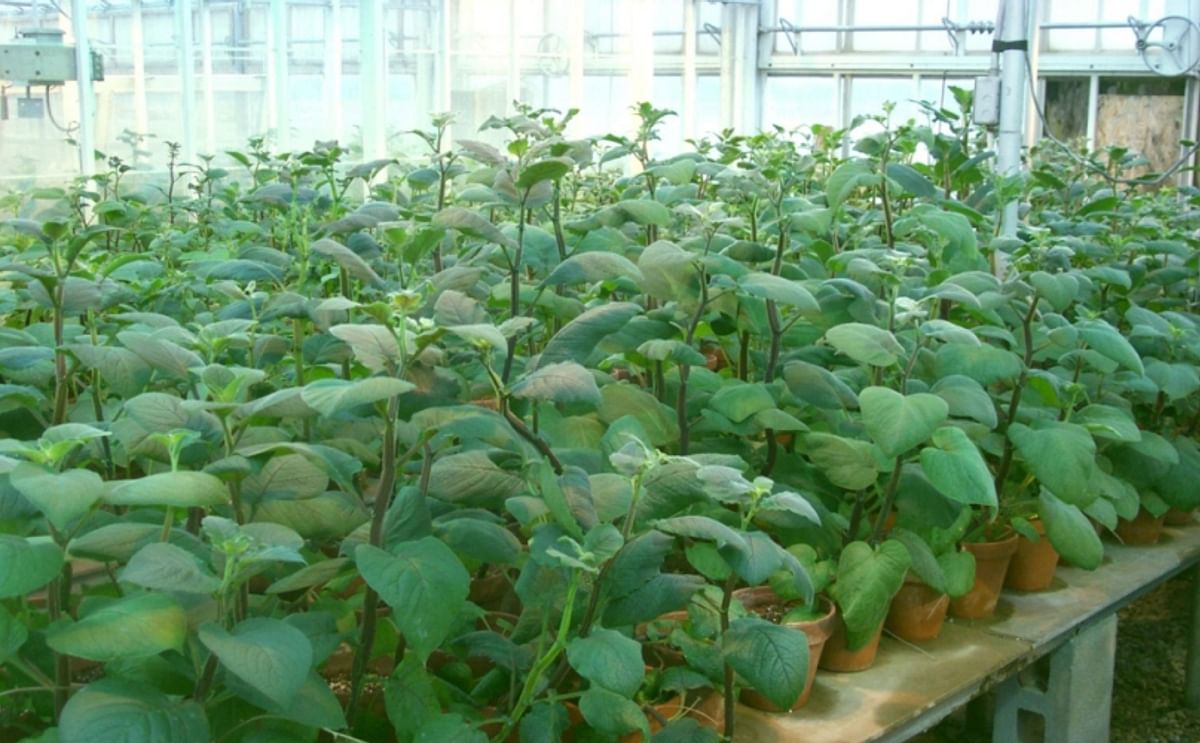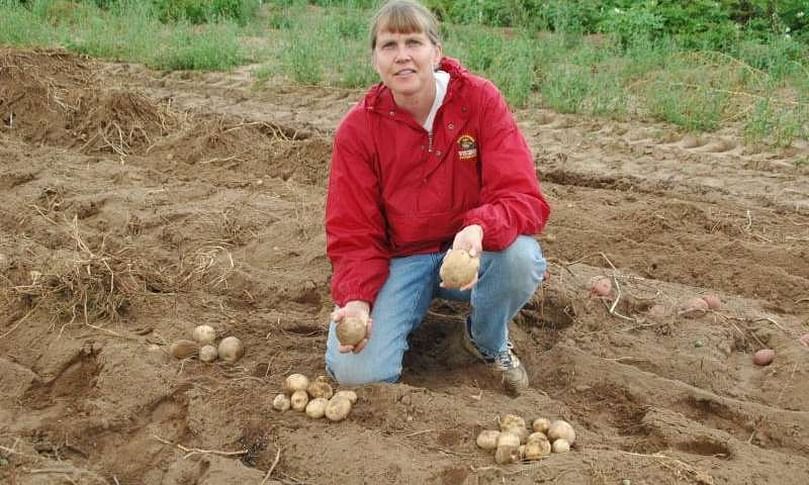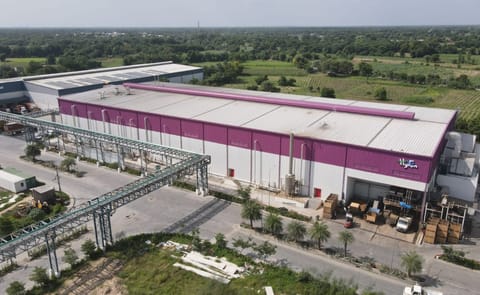Researchers discovered that in this wild variety of potato (Solanum Microdontum) Calcium levels are about seven times higher than in a regular potato. They developed a molecular marker to facilitate the transfer of the high Calcium trait to newly bred potato varieties (Courtesy: John Bamberg)
Molecular Marker for high Calcium trait can help breeding better potato varieties

Have you ever cut into a potato to find a dark spot or hollow part? Early research shows that these defects are likely the result of calcium deficiencies in the potato -- and that tuber calcium is genetically linked to tuber quality.
Neither consumers at grocery stores nor the companies that make potato chips and fries want these low calcium defects. In addition to the cosmetic issues, these potatoes are more likely to rot.
Most farmed varieties of potatoes have naturally low levels of calcium. So researchers at the USDA-ARS and University of Wisconsin-Madison, including Shelley Jansky, John Bamberg, and Jiwan Palta looked to wild potatoes. Their purpose: to breed new potato cultivars with high calcium levels.
Many wild potato relatives are still present in South America. Their presence means growers’ potato plants in that region often exchange genes with wild species.
Shelley Jansky, Research Geneticist at the USDA-Agricultural Research Service Vegetable Crops Research Unit and an Associate Professor in the Department of Horticulture at the University of Wisconsin-Madison:
“That's a way they continue to evolve as the climate changes or as disease and pest patterns change.”These wild relatives are an invaluable resource for scientists across the country.
“But (in the United States), we have removed our potatoes from that environment. We have to breed new genes in from these wild relatives when we want to improve our cultivars.”
Jansky:
“If you go down there [South America, PP] and drive along the roadside you can see these weedy, wild plants growing along the roads and fields.”And so it was with searching for a high calcium potato. The team found a wild potato with almost seven times as much calcium as a usual variety.
“Whenever we have looked for any trait in wild potato species, we have been able to find it.”
The next job was to isolate the calcium trait. Jansky and her colleagues interbred the high- and low-calcium potatoes. The resulting generations showed a ‘molecular marker’—a pattern in the plant’s natural DNA. This pattern led researchers to the plant’s calcium trait.

Shelley Jansky’s team improved potato qualities by cross-breeding with South American wild potatoes. (Courtesy: Shelley Jansky)
“Finding this marker will allow us—and other breeding programs—to make faster progress in breeding potato plants with high tuber calcium content.”A typical breeding program grows and assesses up to 100,000 seedlings every year. It takes between 10-15 years to release a particular variety of crop plant.
“This has been difficult and time-consuming in the past. You have to grow all the populations, harvest tubers, and then analyze the tubers for the trait you are looking at -- in this case tuber calcium levels. And that’s a long, laborious process.”
However, the process simplifies with known molecular markers.
Yong Suk Chung, the first author of this study:
“We can collect DNA from seedlings and check for these molecular markers”The research is published in Crop Science: Yong Suk Chunga, Jiwan Paltaa, John Bamberg and Shelley Jansky Potential Molecular Markers Associated with Tuber Calcium Content in Wild Potato Germplasm
“If you have the marker present, then you select those seedlings and save a tremendous amount of time and labor.”










